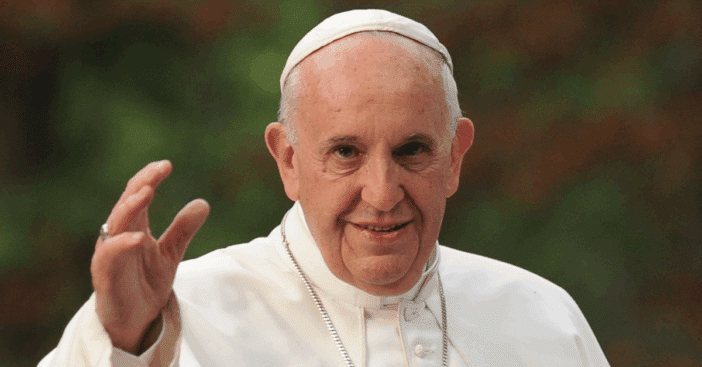
The news of Pope Francis’s death at 88 has sent waves of sadness across the world. Since he became Pope in 2013, he has been known for his simple lifestyle, strong focus on helping the poor, and efforts to change old ways in the Church. Many admired how he reached out to people of other faiths, stood for peace, and spoke up on issues like climate change and inequality.
Pope Francis was loved for being warm, humble, and down-to-earth. He often chose to live simply and rejected many luxuries of the papal office. Now, with his passing, the Catholic Church begins a special process that has been followed for hundreds of years. From honoring the Pope’s life to selecting the next leader of the Church, everything happens in a set order. Here’s a breakdown of what takes place next.
What happens after Pope Francis’s death?
View this post on Instagram
The first step is to confirm the Pope’s death. This task is carried out by the Camerlengo, the Vatican official in charge during this time. He gently calls the Pope’s name three times. When there is no response, he officially declares the Pope dead. The Camerlengo then takes charge of managing the Church’s daily matters until a new pope is elected. Next, Pope Francis’ papal ring, known as the Fisherman’s Ring, is ceremonially destroyed to prevent forgery. Destroying it helps prevent anyone from misusing it to sign documents in his name. Following this, the Pope’s private rooms are sealed, and important items inside are protected.
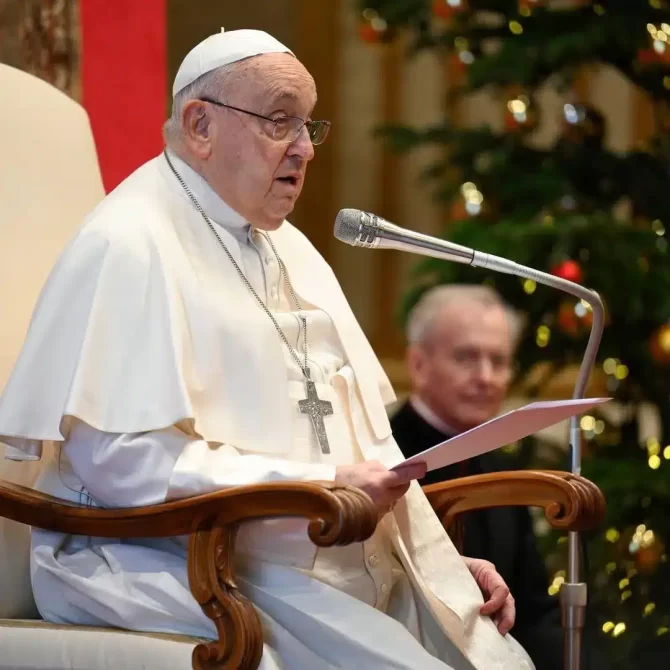
The body is prepared and placed in his private residence for initial viewing. Later, it was moved to St. Peter’s Basilica in Vatican City, where people can come to pay their respects. This usually lasts for three days and allows Catholics from all over the world to honor his memory.
Pope Francis had requested a simple funeral. He wished to be buried not in the Vatican but in the Basilica of St. Mary Major in Rome, a church he visited often and held dear. He also asked for a plain wooden casket instead of the traditional three-layered coffins used by his predecessors. His funeral mass will be held in St. Peter’s Square, typically four to six days after his death.
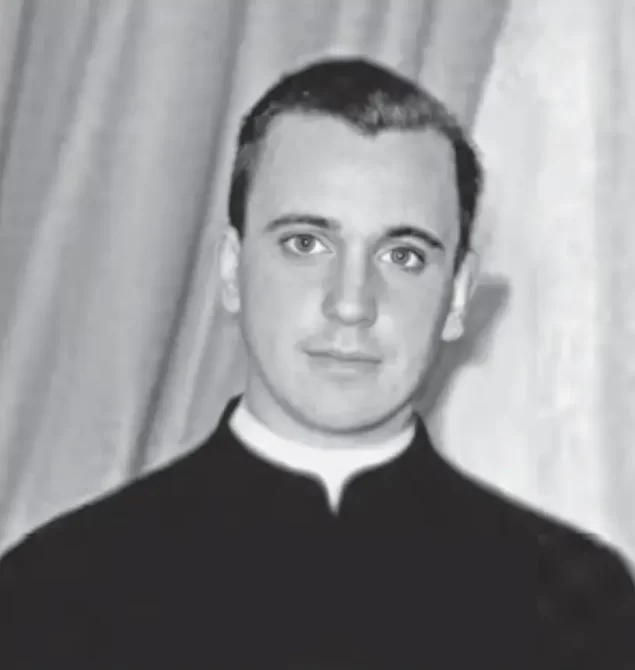
During this period, all regular work in the Vatican offices comes to a stop. The Church’s focus shifts to mourning the Pope and preparing to choose his successor.
How is the next Pope chosen?
After the Pope’s funeral, attention turns to selecting a new leader. The process is called a conclave. Only cardinals under the age of 80 are allowed to vote. At present, about 135 cardinals are eligible. The conclave is usually held 15 to 20 days after the Pope’s death, giving enough time for all voting cardinals to arrive in Rome.
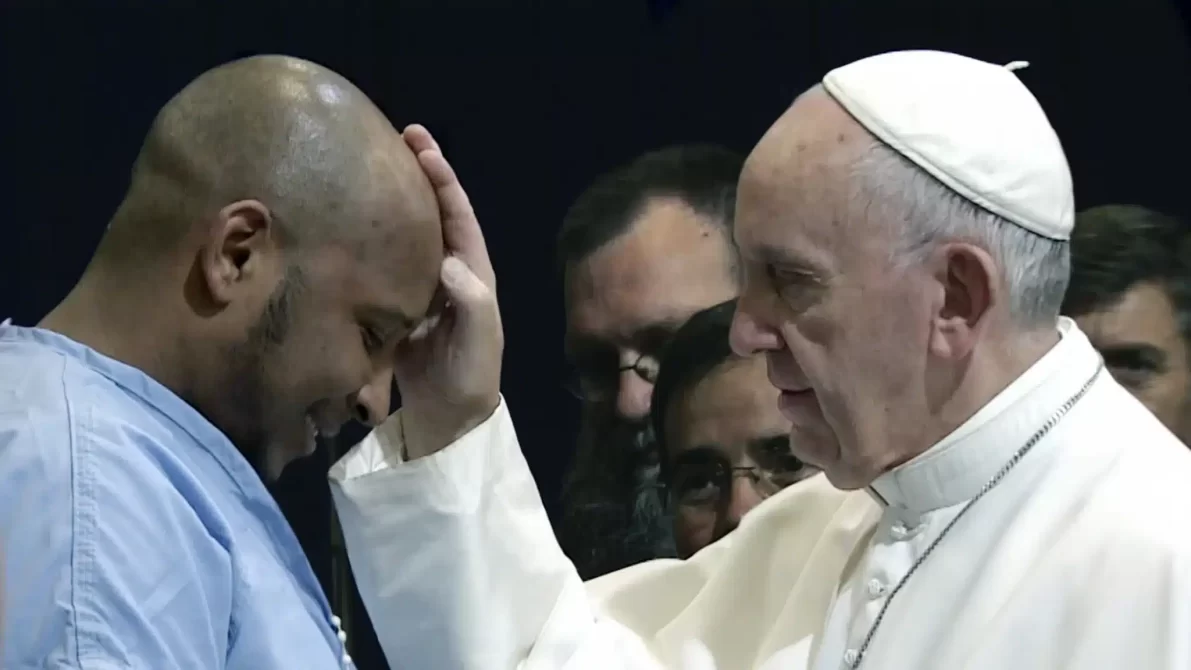
The conclave takes place in the Sistine Chapel and is done in total secrecy. No phones, no internet, and no contact with the outside world are allowed. The cardinals are locked in until they reach a decision. Voting is held up to four times a day. To be elected, a cardinal must receive a two-thirds majority vote.
After each voting session, the ballots are burned. If no pope has been chosen, black smoke rises from the chapel’s chimney. If a new pope is elected, white smoke signals the decision to the world. When the vote is successful, the senior cardinal steps out onto the balcony of St. Peter’s Basilica and announces, “Habemus Papam,” Latin for “We have a pope.”
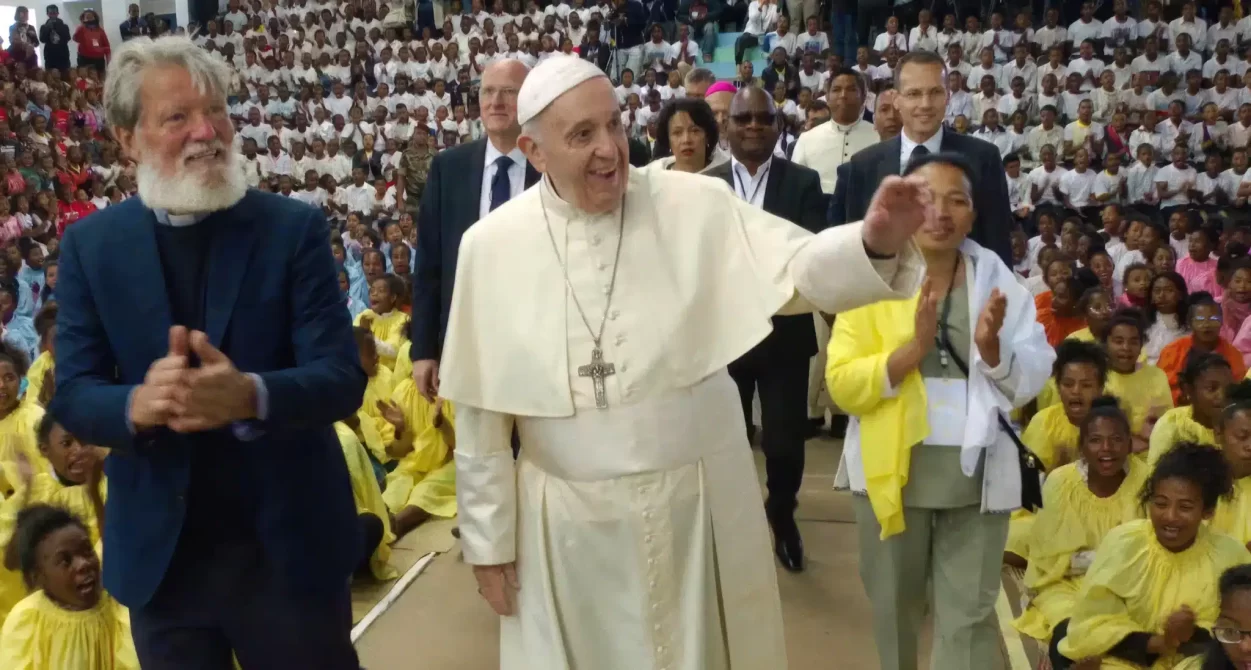
The new Pope then appears on the balcony, greets the crowd, and gives his first blessing. Although any baptized Catholic man can be elected Pope, it is nearly always a cardinal. Once chosen, the new Pope becomes the spiritual leader of more than 1.4 billion Catholics around the world. Now, as the Church mourns Pope Francis, it also prepares for a new chapter. The conclave will soon begin, and a new pope will be chosen.
